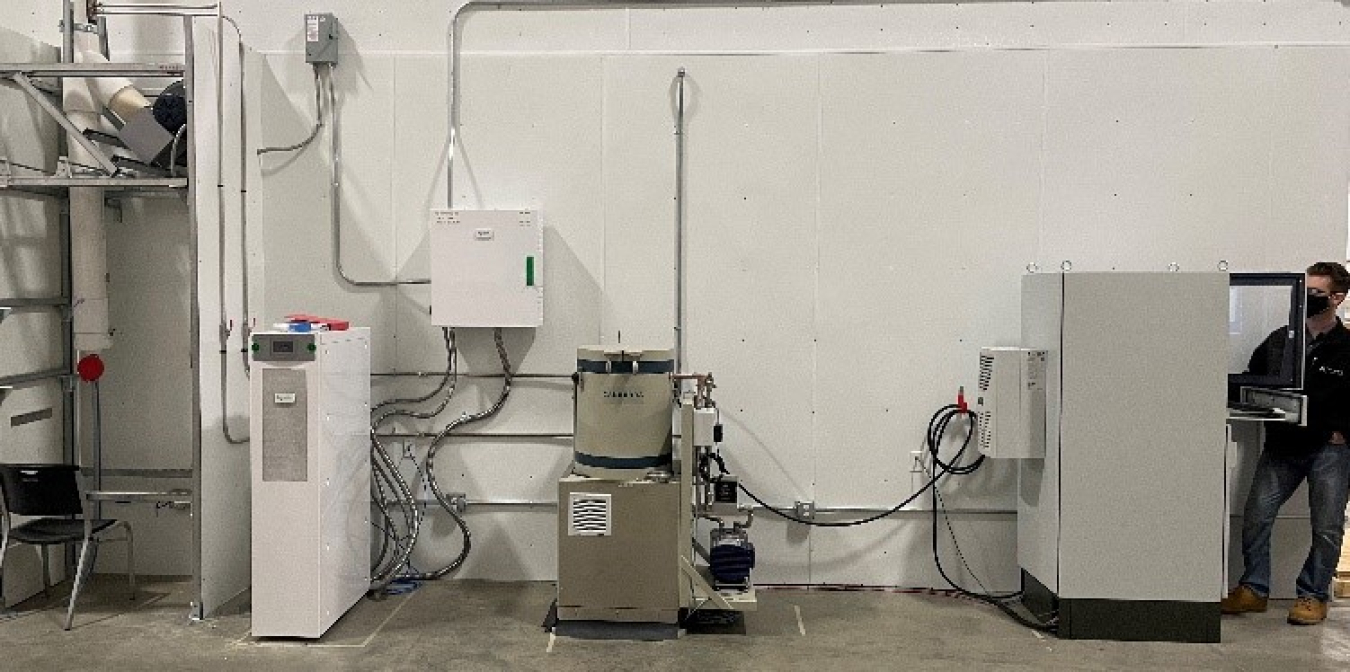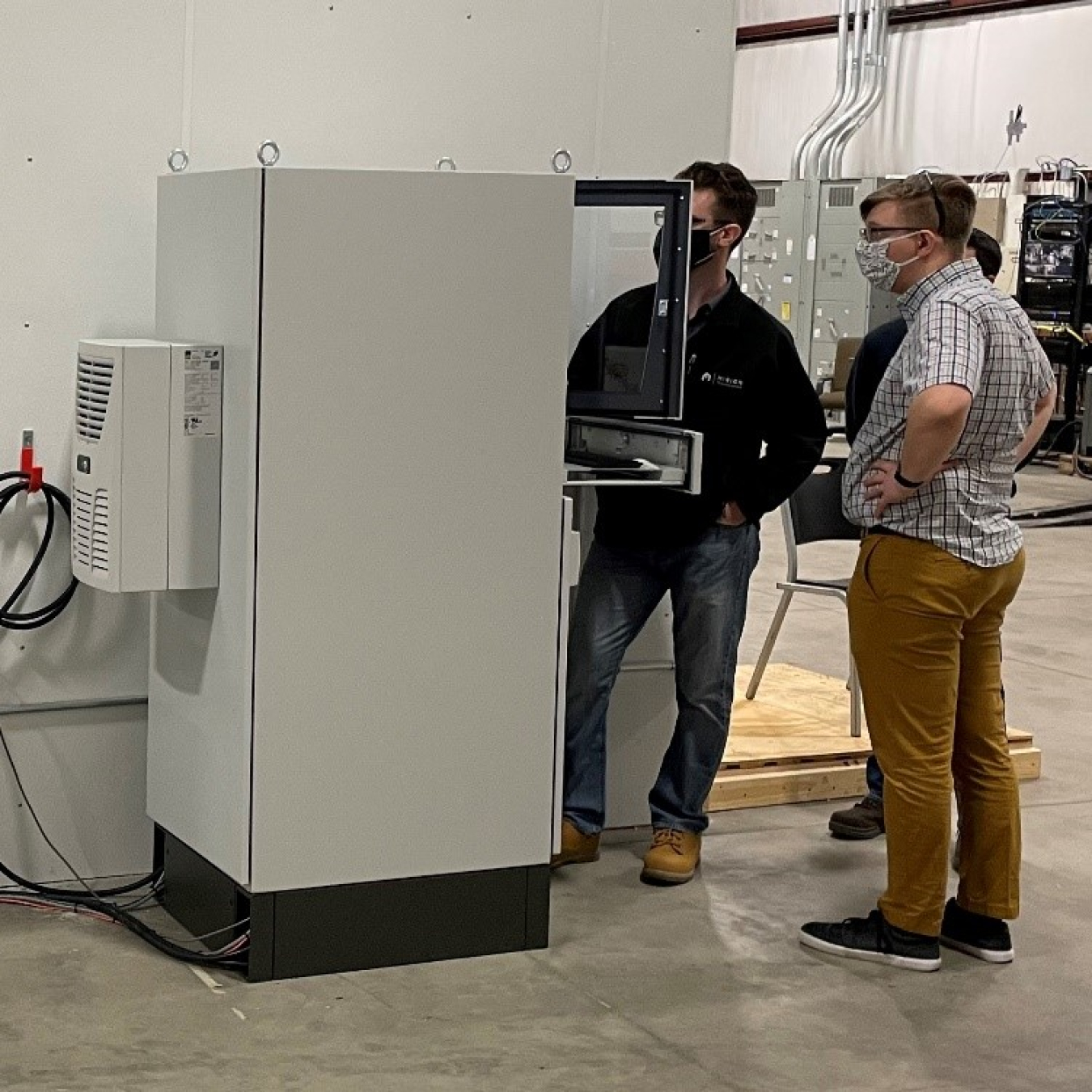
NNSA works with private industry medical isotope producers to strengthen a key nonproliferation effort – monitoring the air and ground for signs of a nuclear explosion. One way to ensure the continued effectiveness of these monitoring capabilities is by differentiating between gases released from such explosions and those from peaceful uses of nuclear technology, such as the production of certain medical isotopes.
NNSA is proud to help enable lifesaving Mo-99 production while also supporting our nonproliferation mission. We look forward to working with more U.S. and international producers in this effort.
Technetium-99m, a decay product of molybdenum-99 (Mo-99), is a critical medical radioisotope that is used in over 40,000 medical procedures in the United States each day, including the diagnosis of heart disease and cancer and the study of organ structure and function. However, when Mo-99 is created through fission, radioactive xenon (radioxenon) gases are produced. While these gases are not a threat to public health, they can complicate nuclear explosion detection, since they are like the DNA of such an explosion, and therefore monitoring systems are designed to detect small quantities of them.
U.S. experts work with the Preparatory Commission for the Comprehensive Nuclear-Test-Ban Treaty Organization to maintain and improve the International Monitoring System (IMS), whose key functions include the detection of airborne radioxenon. NNSA is also part of a team working to advance IMS detection capabilities through efforts such as Xenon International, an improved radioxenon collection and analysis capability.
To further those efforts, NNSA is providing funding and technical assistance to the U.S. commercial industry to establish a reliable supply of Mo-99 produced in the United States without the use of highly enriched uranium. A number of Mo-99 producers are also joining the effort to monitor radioxenon releases by allowing installation of Source Term Analysis of Xenon (STAX) stack monitors at their facilities.
The first of these stack monitors at a U.S. producer was recently installed at Niowave in Lansing, Michigan. Another will be installed later this year at SHINE Medical Technologies in Janesville, Wisconsin. NNSA continues to work with other U.S. producers to understand their processes and radioxenon emissions and hopes to install more stack monitors.

Engineers at Niowave installed NNSA-funded stack monitoring equipment in their pilot isotope production plant in Lansing, Michigan.
“NNSA is proud to help enable lifesaving Mo-99 production while also supporting our nonproliferation mission,” said Kasia Mendelsohn, NNSA’s Acting Deputy Administrator for Defense Nuclear Nonproliferation. “We look forward to working with more U.S. and international producers in this effort.”
The U.S. stack monitors are like instruments already located at the National Institute for Radioelements in Belgium and at the Australian Nuclear Security Organization in Australia, two major international Mo-99 producers.
“We are pleased to continue our collaboration with NNSA to establish domestic Mo‑99 production while keeping in mind two important nuclear nonproliferation ideas – no use of highly enriched uranium and helping to enhance nuclear explosion monitoring efforts,” said Terry Grimm, Chief Executive Officer of Niowave.
NNSA scientists at Pacific Northwest National Laboratory (PNNL) manage the STAX project and are experts in developing methods of detecting extremely low levels of radioactive isotopes. The worldwide network of stack monitors confidentially transmit data to a central database at PNNL for compilation, analysis, screening, and sharing, in agreement with the producers. Eventually, the data collected by these monitors will be used to help differentiate between emissions from industrial processes and suspected nuclear explosive tests.
The international STAX project is supported by NNSA along with the U.S. Department of State’s Office of the Nonproliferation and Disarmament Fund and the Department of Defense’s Defense Threat Reduction Agency.
